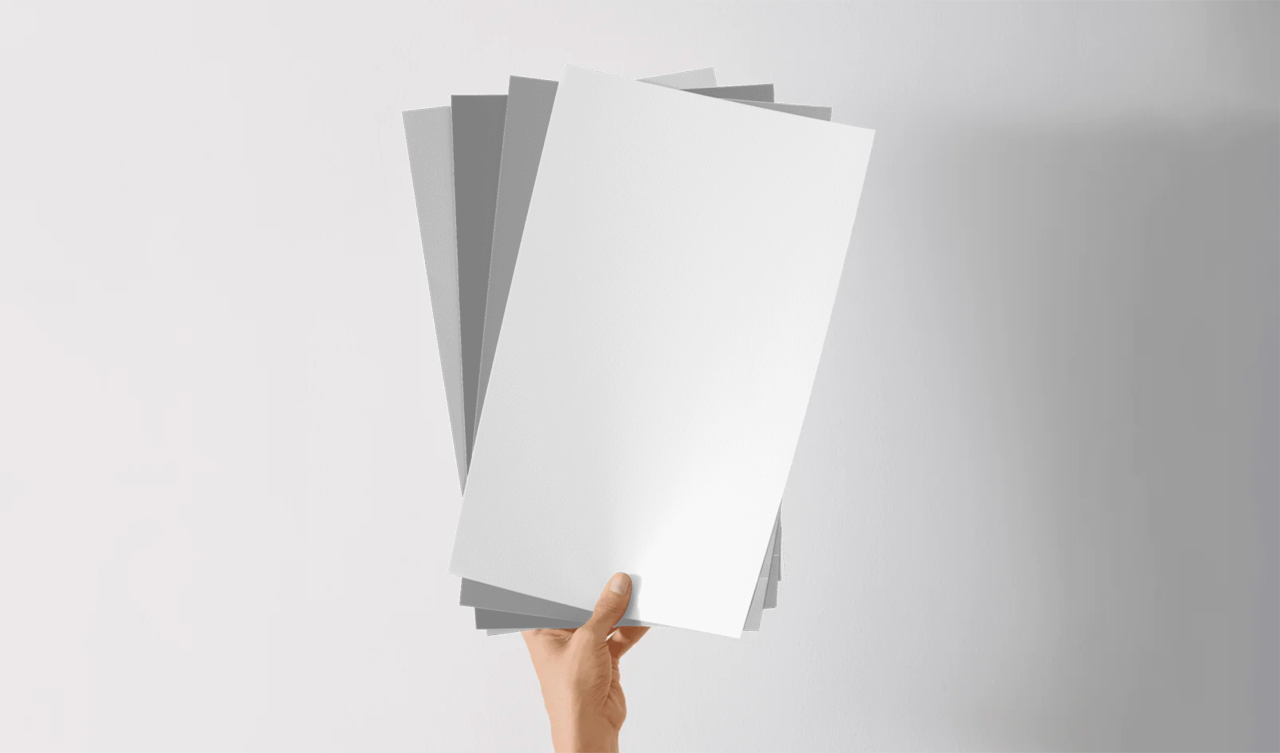
Kylie Mawdsley
Why peel-and-stick samples?
Our peel-and-stick samples help to ensure you never make another design mistake. Our product allows you to test drive paint from several manufacturers before you commit to a full can. Unlike paint color chips that create a printed “close match,” we apply two coats of the actual paint from the brand to make our samples—providing you with 100% color accuracy. Our patented peel-and-stick samples have the flexibility to adhere to any interior wall, including uneven or textured surfaces, and can be reapplied in various locations.
Can I sample different paint finishes?
Our patented peel-and-stick samples have the flexibility to adhere to any interior wall, including uneven or textured surfaces, and can be reapplied in various locations.
Are your peel-and-stick samples safe to adhere to any wall?
Unlike paint color chips that create a printed “close match,” we apply two coats of the actual paint from the brand to make our samples—providing you with 100% color accuracy.
Where do I purchase paint once I’ve made my decision?
Our product allows you to test drive paint from several manufacturers before you commit to a full can. Unlike paint color chips that create a printed “close match,” we apply two coats of the actual paint from the brand to make our samples—providing you with 100% color accuracy.
- Color Psychology & Trends
TEST H1
TEST H2
TEST H3

When choosing the best white paint color for your walls, not all whites are created equal. Undertones, LRV, temperature – it all matters.
So how do you choose the white that works for you? You sample, compare, and consider these tips below:

Room exposure
- — North-facing rooms often suit a warm white, as a subtle bit of warmth can help balance the cool light coming int the windows.
- — South-facing rooms are plenty warm as it is and often suit a brighter, cleaner white, or one that’s on the cooler side of things.
- — East-facing rooms get a bright light in the morning, but can look dull in the afternoon light. A brighter warmer white can be a good happy medium for these spaces.
- — West-facing rooms are flat-looking in the morning, but get considerably warmer looking in the afternoon. Any white will pick up on this golden afternoon light, so it’s about choosing a white you like living with in the morning hours.
Existing finishes
Your existing finishes will give you clues as to which type of white could best suit the walls. If your surrounding finishes have an off-white, cream, or beige tone, you might consider warmer whites for your walls. On the other hand, if your finishes cater to the cooler end of things, you might explore a bright clean white or a cool white.
Learn about LRV
Do you want a bright white or a soft white – and what’s the difference anyway? It all comes down to LRV. Learn about LRV so you can look for whites that fall within the range you’re wanting.

Fun facts
- Most rooms suit a warm white over a cool white based on the interior finishes (there are fewer cool-toned interior finishes)
- If your home has a lot of beige finishes, there’s a good chance that an off-white will be better than a white.
- If you’re painting your walls, trims, and cabinets white, they should be the same white to prevent clashing undertones.
- Sherwin Williams Pure White, Alabaster, High Reflective White, Extra White & Benjamin Moore White Dove, Simply White, Chantilly Lace, and Cloud White are the most popular white paint colors.
